  |
City of GlasgowGlasgow Green
|
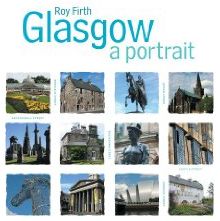 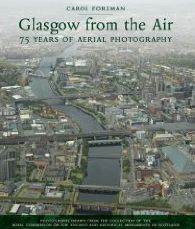 |
Photographs
of Glasgow Green
on
the banks of the River
Clyde
in the city centre of Glasgow
The McLennan Arch entrance into Glasgow Green. ( Formerly part of the Robert Adams Assembly Rooms in Ingram Street ) The Green is the oldest of the many parks in Glasgow. It is situated along the banks of the River Clyde within walking distance of the city centre. It includes extensive open spaces, modern play facilities, winter gardens and the historic People's Palace. |
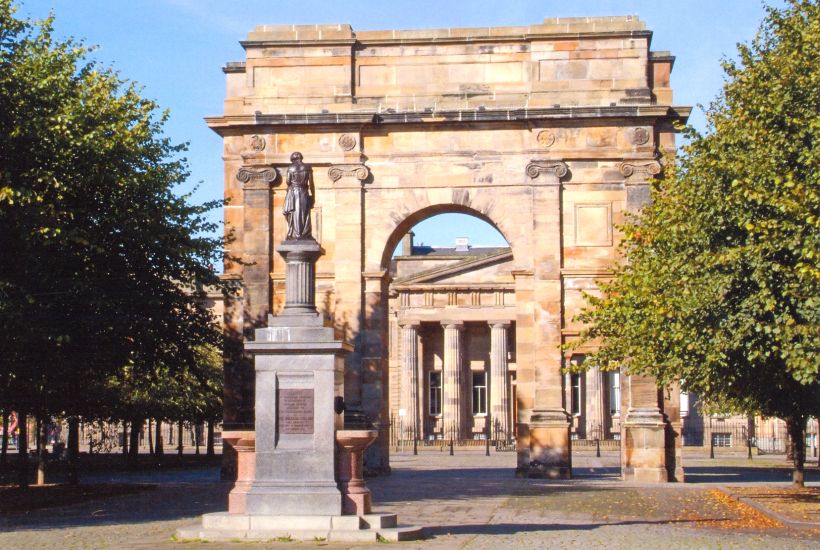 The McLennan Arch entrance into Glasgow Green. |
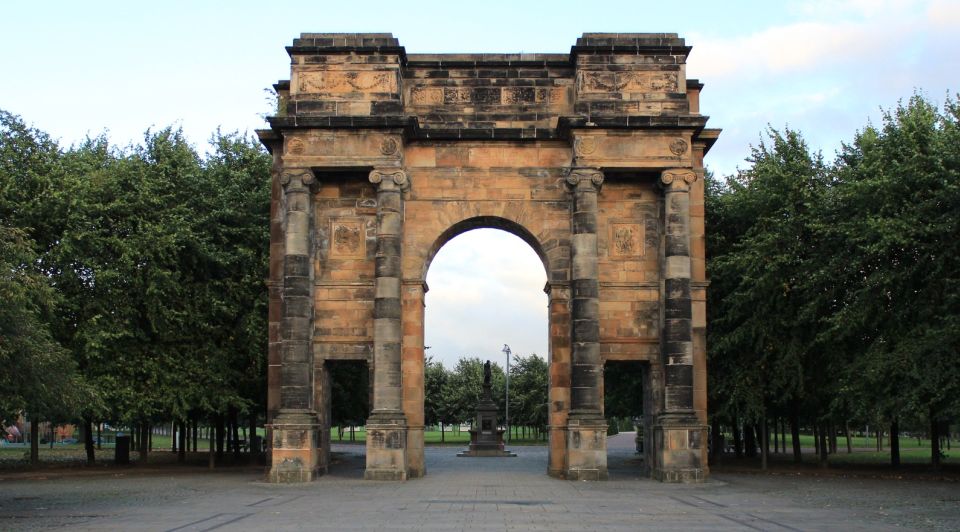 The McLennan Arch entrance into Glasgow Green. |
Obelisk in
Glasgow Green
The grade A listed column was erected by public subscription in 1806 to commemorate the naval victories of Viscount Horatio Nelson. It was the first monument in Britain to be erected in his honour. |
|
|
 "Clyde"
- Mascot for the Glasgow Commonwealth Games 2014 in Glasgow Green |
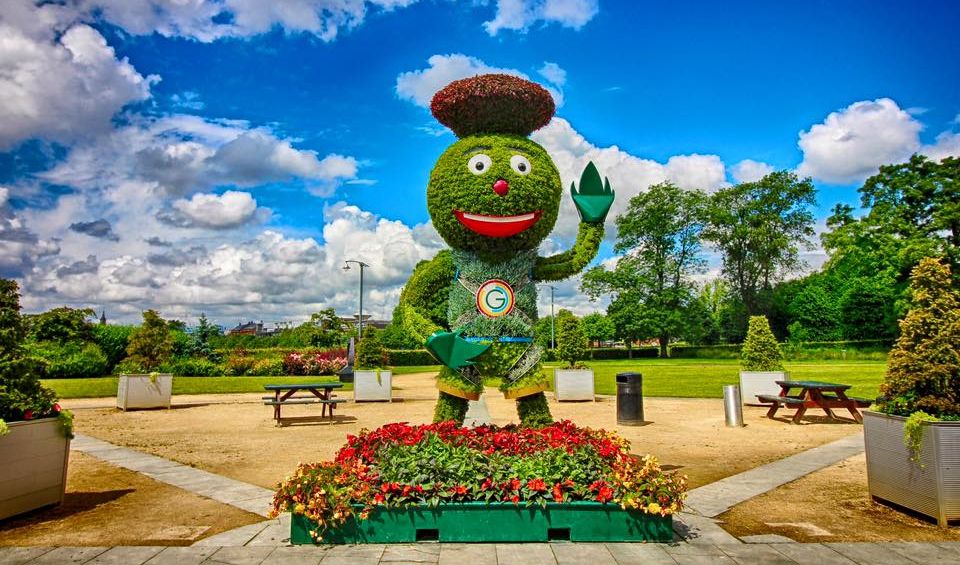 "Clyde"
- Mascot for the Glasgow Commonwealth Games 2014 in Glasgow Green |
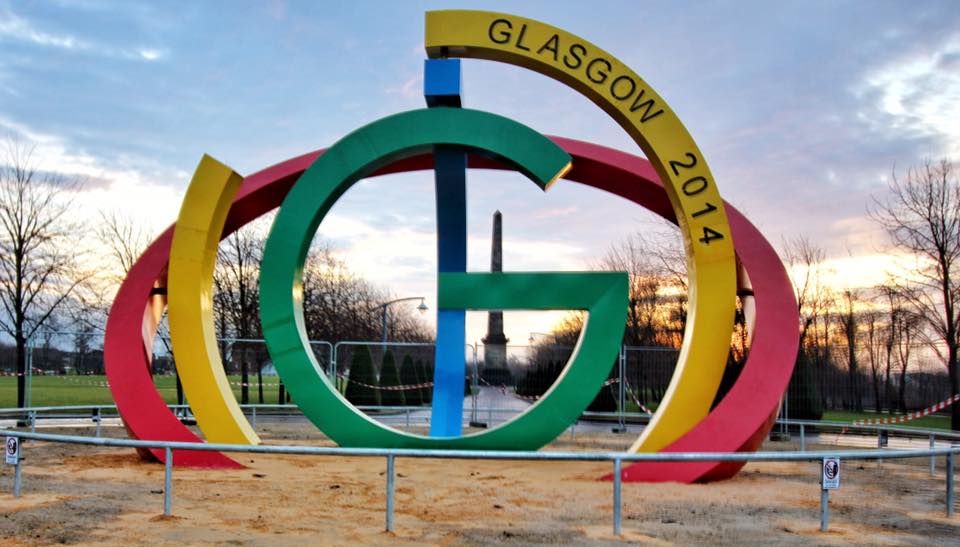 Emblem
for the Glasgow Commonwealth Games 2014 in Glasgow Green |
Clydesdale
Horses and Cart
in Glasgow Green |
Clydesdale
Horses and Cart
and People's Palace in Glasgow Green |
People's Palace
from Glasgow Green |
Ornate
facade
of Templeton's Carpet Factory from Glasgow Green |
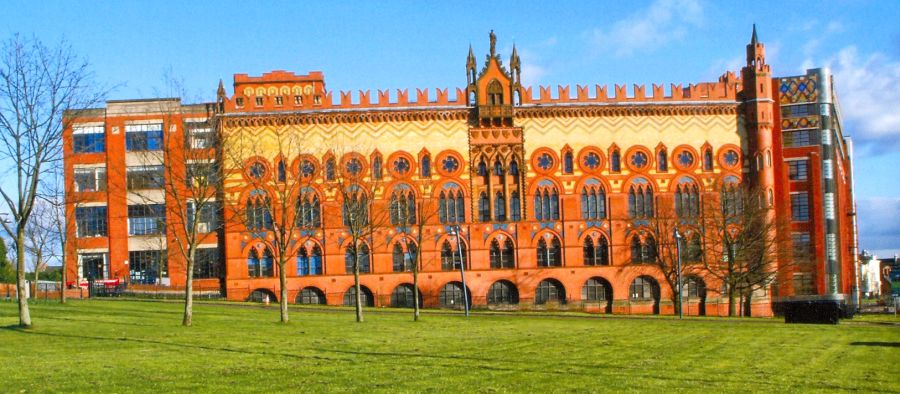 Ornate
facade
of Templeton's Carpet Factory from Glasgow Green |
Ornate
facade
of Templeton's Carpet Factory from Glasgow Green |
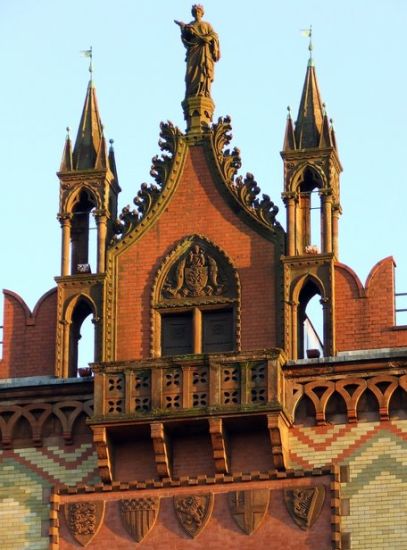 Ornate
facade
of Templeton's Carpet Factory |
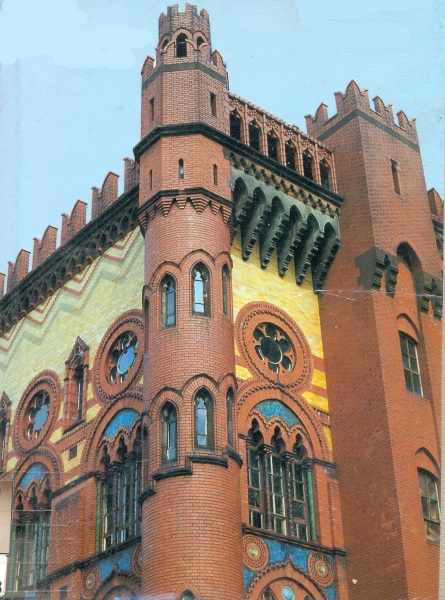 Ornate
facade
of Templeton's Carpet Factory |
TEMPLETON'S CARPET FACTORY:
Situated on the verdant grounds of Glasgow Green, the Templeton Carpet Factory cuts an imposing figure agains the grey Glasgow skyline.
Completed in 1892 and designed by renowned Scottish architect William Leiper, the building has become an iconic symbol of Glasgow’s Victorian past.
Leiper had made a name for himself designing churches, and this has certainly been reflected in the ecclesiastical style of the building.
Its glazed facade, intricate stonework and unique Venetian style have earned the building reverence and admiration far beyond its factory status.
Leiper’s work prior to the Templeton Carpet Factory has been largely characterised by his use of soft yellow sandstone - a palette he seldom veered from.
However, this dramatically changed with the factory’s bold design; a vibrant red bricks facade, adorned with lavish yellow tiles and grand
window arches encased in azure mosaic, give the building a sense of grandeur and opulence.
Heavily influenced by the Dogé's Palace in Venice, the building incorporates several Gothic elements, such as wheel-shaped windows and pointed arches,
akin to its venerated Venetian counterpart.
The Venetian influence of the building stemmed from the ambition of James Templeton, son of the Templeton and Co’s founder and then company director.
Keen to expand his enterprise and determined to do so in extravagant fashion, he commissioned Leiper to build the ‘most lavish and
virtuous building he could come up with.
Leiper’s audacious design would eventually gain approval from Glasgow City Council and construction began in 1888.
However, tragedy struck on November 1st, 1889, when strong winds caused a partial wall collapse, taking the lives of 29 women who were working nearby
at the time.
Then in 1900, a fire broke out in the factory trapping many inside the building.
Although this may paint a grim picture of its working conditions, the factory was pioneering in its approach to the well-being of its workers.
Many recreational spaces, club rooms and canteens were incorporated in its design, differentiating it from the squalid conditions many factory workers
endured during the Victorian era.
Furthermore, the statue atop the building is believed to be a tribute to a worker who died during the construction.
In contemporary times, the building has gone through several reincarnations, and currently houses a restaurant, offices and apartments.
Unbroken by tragedy, unparalleled in design and unbound by conventionality, the Templeton Carpet Factory, continues to push the limits of
innovation more than a century after its foundations were laid.
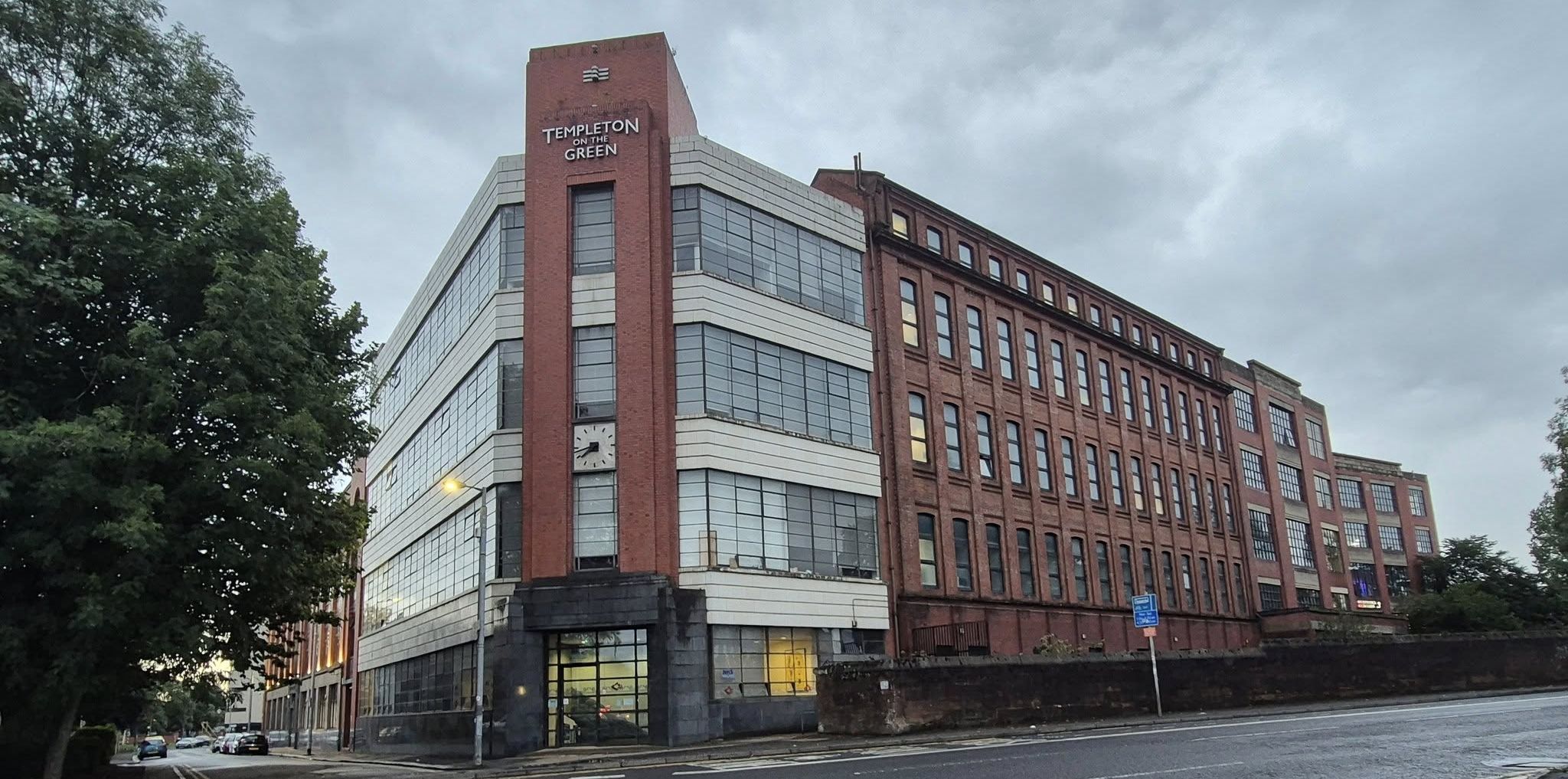 Templeton's
Carpet Factory
|
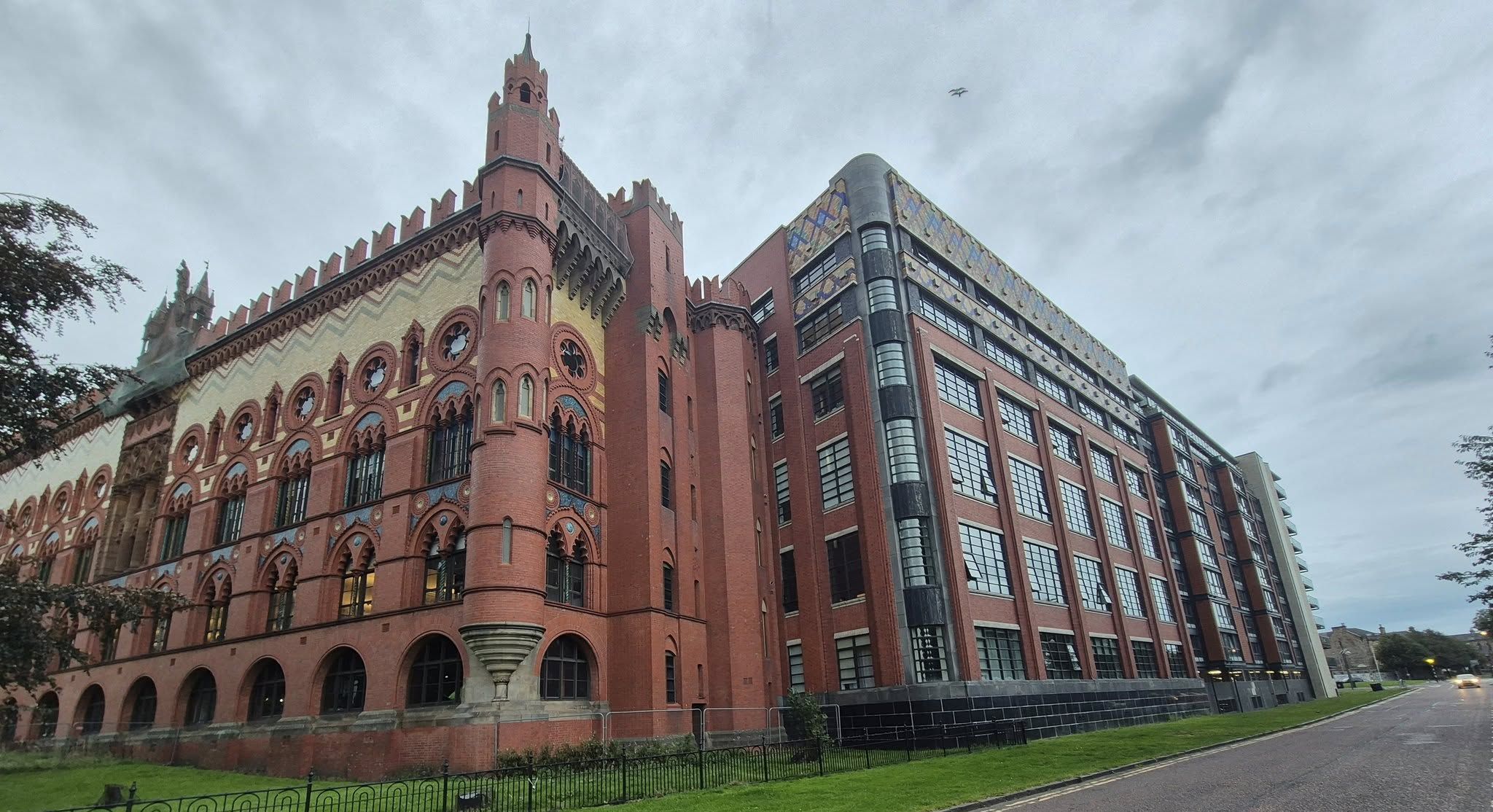 Templeton's
Carpet Factory
|
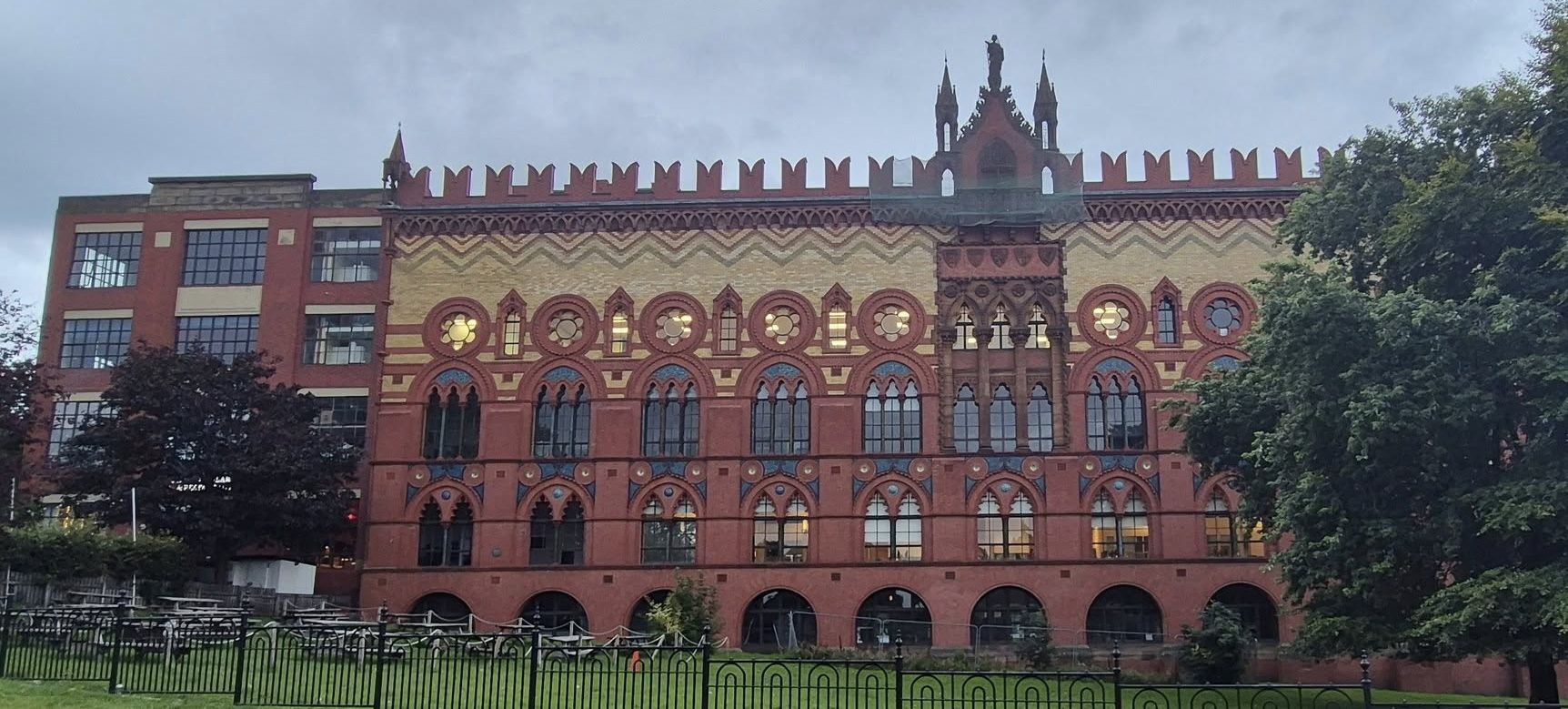 Templeton's
Carpet Factory
|
St.Andrew's
Suspension footbridge
across River Clyde from Glasgow Green |
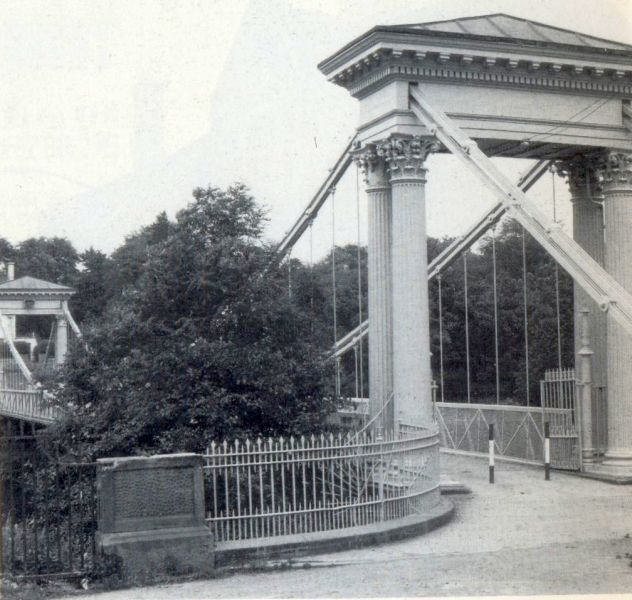 St.Andrew's
Suspension footbridge
across River Clyde ( opened 1855 ) |
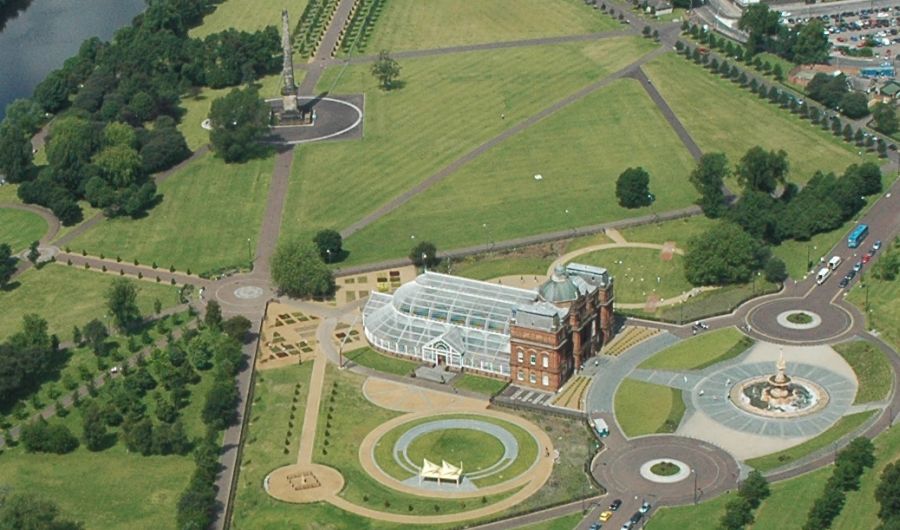 Aerial
view of Glasgow Green
|
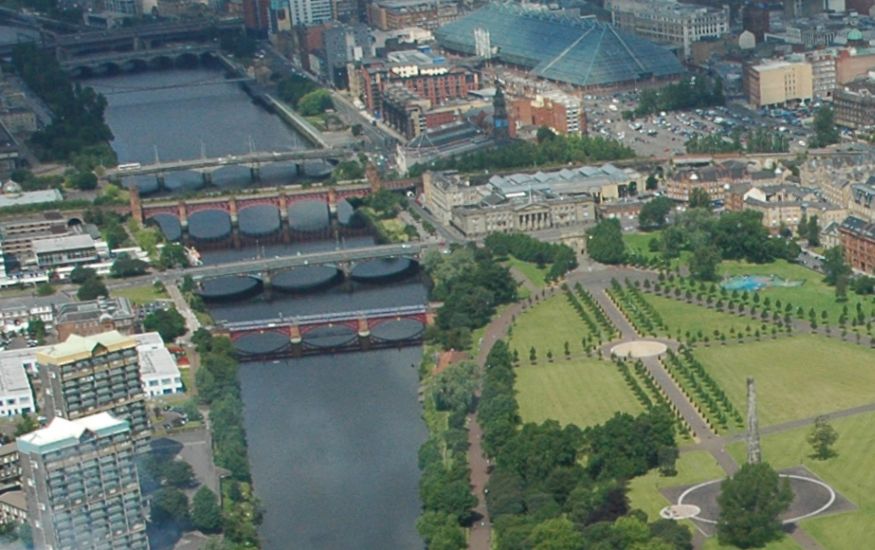 Aerial
view of Glasgow Green
and Bridges over the River Clyde |
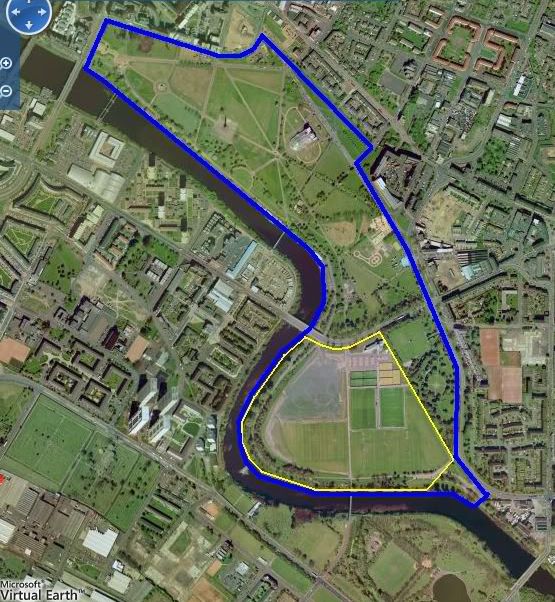 Aerial
view of Glasgow Green
|
Map of
Glasgow Green
|
 :: Glasgow
Photo
Gallery
:: Glasgow
Photo
Gallery 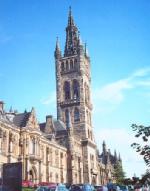 :: Clyde River
Walkway
:: Clyde River
Walkway 
Glencoe | Ben Nevis | Knoydart | Isle of Skye | Isle of Arran | The West Highland Way
The Eastern Highlands | The Central Highlands | The Southern Highlands | The NW Highlands